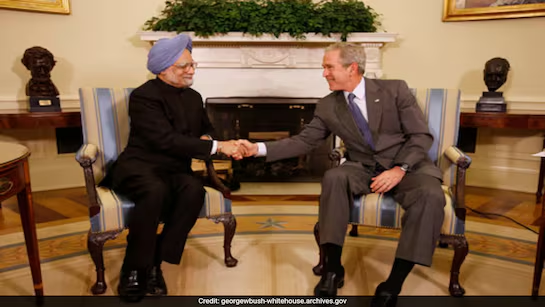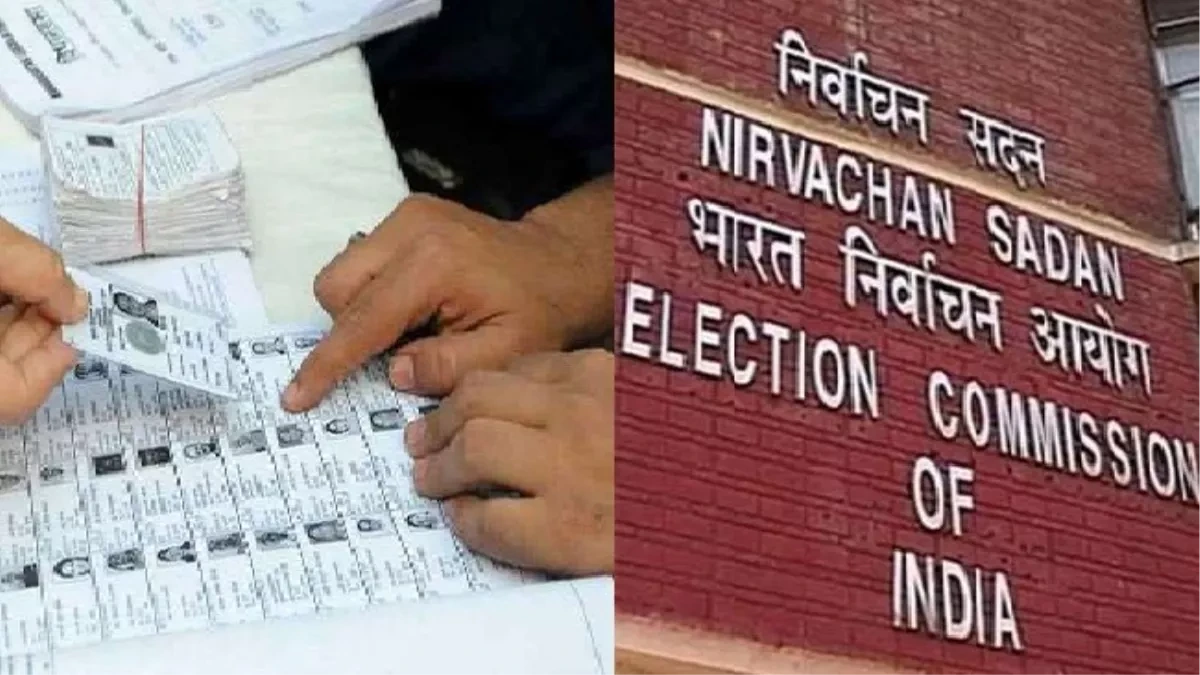- Courses
- GS Full Course 1 Year
- GS Full Course 2 Year
- GS Full Course 3 Year
- GS Full Course Till Selection
- Answer Alpha: Mains 2025 Mentorship
- MEP (Mains Enrichment Programme) Data, Facts
- Essay Target – 150+ Marks
- Online Program
- GS Recorded Course
- Polity
- Geography
- Economy
- Ancient, Medieval and Art & Culture AMAC
- Modern India, Post Independence & World History
- Environment
- Governance
- Science & Technology
- International Relations and Internal Security
- Disaster Management
- Ethics
- NCERT Current Affairs
- Indian Society and Social Issue
- NCERT- Science and Technology
- NCERT - Geography
- NCERT - Ancient History
- NCERT- World History
- NCERT Modern History
- CSAT
- 5 LAYERED ARJUNA Mentorship
- Public Administration Optional
- ABOUT US
- OUR TOPPERS
- TEST SERIES
- FREE STUDY MATERIAL
- VIDEOS
- CONTACT US
India-U.S. Civil Nuclear Agreement
India-U.S. Civil Nuclear Agreement
25-03-2025

- The Indian government aims to develop 100 GW of nuclear energy by 2047 through amendments to the Atomic Energy Act and the Civil Liability for Nuclear Damage Act.
- The United States recently removed three Indian nuclear entities from its Entity List, which restricts trade with foreign entities deemed a national security risk.
- The removed entities include:
- Bhabha Atomic Research Centre (BARC)
- Indira Gandhi Atomic Research Centre (IGCAR)
- Indian Rare Earths (IRE)
- The removed entities include:
- Significance of Removal: Paves the way for implementing the long-pending U.S.-India Agreement Concerning Peaceful Uses of Nuclear Energy (123 Agreement).
Overview of the India-U.S. Civil Nuclear Agreement
Background
- 1974: India conducted its first nuclear test, leading to U.S. sanctions.
- 2005: India and the U.S. agreed on civil nuclear cooperation.
- 2008: The U.S.-India Civil Nuclear Agreement, also called the 123 Agreement, was finalized under Section 123 of the U.S. Atomic Energy Act.
Key Provisions
- IAEA Safeguards: India permanently placed its civilian nuclear reactors under International Atomic Energy Agency (IAEA) safeguards and signed an Additional Protocol allowing enhanced IAEA inspections.
- Nuclear Testing & Security: India adopted a voluntary moratorium on nuclear testing and strengthened the security of its nuclear arsenal.
- U.S. Collaboration: The agreement allowed U.S. companies to build nuclear reactors in India and supply nuclear fuel for its civilian energy program.
- NSG Waiver: India, despite not being a signatory to the Non-Proliferation Treaty (NPT), received a waiver from the Nuclear Suppliers Group (NSG), enabling nuclear trade.
Significance of the Agreement
- Ended India's Nuclear Isolation: Lifted a three-decade U.S. ban on nuclear trade with India.
- Recognition of India's Nuclear Status: India gained de facto recognition as a nuclear power, allowing it to maintain its nuclear weapons program while accessing international nuclear fuel and technology.
- Enabled agreements with France, Russia, the UK, Japan, and Canada for peaceful nuclear projects like Jaitapur and Kudankulam.
- Strengthened India-U.S. Strategic Partnership: The deal marked a shift from strained relations to a comprehensive strategic alliance.
- Enhanced Domestic Energy Security: Allowed India to improve reactor efficiency from 50-55% (2006-07) to 80%, supported by uranium import agreements with France, Kazakhstan, Australia, Canada, and Russia.
- Entry into Global Export Control Regimes: Post-2008, India joined:
- Missile Technology Control Regime (MTCR) (2016)
- Wassenaar Arrangement (2017)
- Australia Group (2018)
Challenges in Implementing the Agreement
- Civil Liability Law Issues: India's Civil Liability for Nuclear Damage (CLND) Act, 2010, conflicts with global norms.
- Section 17B of CLND Act: Allows Nuclear Power Corporation of India Limited (NPCIL) to claim compensation from suppliers in case of accidents, deterring foreign investment.
- Supreme Court Verdict (2010): Reinforced supplier liability, influenced by the Bhopal Gas Tragedy, discouraging private sector participation.
- Commercial Viability Issues: The bankruptcy of Westinghouse (2017) delayed the planned six AP1000 nuclear reactors in Kovvada, Andhra Pradesh.
- High Capital Costs: Nuclear energy remains more expensive compared to solar and wind energy, reducing its attractiveness.
|
Key Features of India’s CLND Act, 2010
|
Way Forward to Operationalize the Agreement
- Amend the CLND Act: Align Indian liability laws with the Convention on Supplementary Compensation (CSC) by shifting liability solely to the operator.
- Intergovernmental Liability Agreement: India and the U.S. should establish a formal agreement clarifying the limited liability of private U.S. companies.
- Fully Implement the Insurance Pool: The ₹1,500 crore Indian Nuclear Insurance Pool should be expanded to provide financial protection to both operators and suppliers.
|
Also Read |
|
| FREE NIOS Books | |




